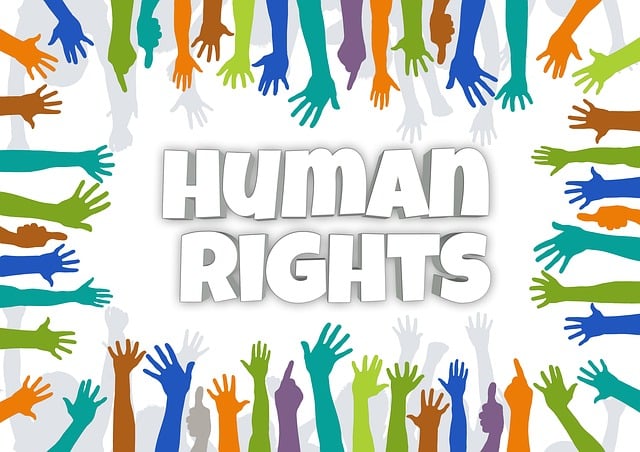Understanding different litigation types is key to navigating complex legal issues. Plea bargaining, a prominent strategy, streamlines court processes and reduces caseloads, especially in white-collar and economic crimes by allowing defendants to plead guilty to lesser charges or agree to conditions for reduced penalties. This approach facilitates fair deals for clients and eases the burden on judicial systems with unprecedented caseloads. Alternative dispute resolution methods like mediation, arbitration, and early case assessment further enhance efficiency and outcomes, complementing efforts to manage court backlogs and fostering long-term cooperation. The effectiveness of plea bargaining in reducing caseloads remains a critical aspect of modern litigation.
- Understanding Different Litigation Types: An Overview
- The Role of Plea Bargaining: Effectiveness and Impact on Caseloads
- Beyond Plea Bargaining: Alternative Dispute Resolution Methods and Their Benefits
Understanding Different Litigation Types: An Overview
Understanding different litigation types is essential for navigating the complex legal landscape. Each type has its unique characteristics, procedures, and potential outcomes. One such notable approach is plea bargaining, which plays a significant role in the judicial system’s effectiveness, particularly in managing caseloads. By allowing defendants to plead guilty to a lesser charge or agree to specific conditions in exchange for reduced penalties, this strategy can significantly streamline court processes.
The effectiveness of plea bargaining in reducing caseloads is well documented, especially in addressing white-collar and economic crimes. This method not only expedites trials but also ensures resources are allocated more efficiently. Moreover, it fosters a sense of fairness within the philanthropic and political communities by offering opportunities for rehabilitation and alternative resolutions beyond traditional trial processes, ultimately benefiting both the legal system and those involved.
The Role of Plea Bargaining: Effectiveness and Impact on Caseloads
Plea bargaining is a critical aspect of litigation that plays a pivotal role in shaping legal outcomes and managing caseloads. Its effectiveness lies in its ability to facilitate mutually agreeable resolutions between prosecutors and defendants, often resulting in reduced sentences and alternative forms of justice. By engaging in plea negotiations, legal professionals can navigate complex cases, ensuring fair deals for both corporate and individual clients. This strategy has proven invaluable in easing the burden on judicial systems, especially with caseloads reaching unprecedented heights.
The impact of plea bargaining extends beyond mere efficiency; it influences the overall legal landscape. For instance, philanthropic and political communities often find themselves impacted by these agreements, as they can lead to reduced legal costs and faster dispute resolution. This, in turn, allows for a more efficient allocation of resources, benefiting various sectors within society. As such, the effectiveness of plea bargaining in reducing caseloads is not merely a matter of efficiency but also a significant factor in shaping the fairness and accessibility of the justice system.
Beyond Plea Bargaining: Alternative Dispute Resolution Methods and Their Benefits
Beyond plea bargaining lies a realm of alternative dispute resolution methods that offer significant benefits to both plaintiffs and defendants in general criminal defense scenarios. While plea bargaining has its role in reducing caseloads, especially for high-stakes cases, these alternatives provide more nuanced approaches to resolving conflicts. Methods such as mediation, arbitration, and early case assessment focus on cooperative problem-solving rather than adversarial litigation.
By employing these strategies, legal stakeholders can often achieve better outcomes, including the complete dismissal of all charges, while significantly decreasing the time and resources expended in court. Furthermore, alternative dispute resolution methods foster a more harmonious relationship between parties, enhancing the potential for long-term cooperation and conflict prevention.
In exploring various litigation types, we’ve examined how plea bargaining plays a pivotal role in managing caseloads. The effectiveness of plea bargaining in reducing court backlogs is undeniable. However, it’s essential to consider alternative dispute resolution (ADR) methods that offer benefits beyond speed and cost-efficiency. By integrating ADR into the legal landscape, we can foster more comprehensive resolutions, enhance client satisfaction, and ultimately improve access to justice. Striking a balance between efficient case management and fair outcomes should guide our approach to litigation in the future.






